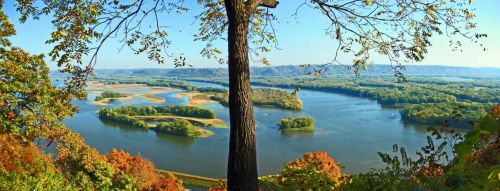16 facts about Sugar maple
Sugar maple is a symbol of Canada. Native to the eastern parts of North America, it is a source of one of the most cherished syrups worldwide. ...
This inconspicuous and common plant is known for its injurious properties. Contact with any part of the poison ivy may cause burns, pain, and blistering. It is not poisonous, but causes unpleasant and severe allergic reactions in most people due to its urushiol content.
It has a bad reputation because of its skin-irritating attributes.
Contact with plant sap may result in itching, pain. The substance responsible for the appearance of the above symptoms is urushiol.
Their color ranges from light to dark green, and the leaves usually darken with age.
The leaflets are on average about 10 cm (4 in) long, and the maximum leaf length is up to 30 cm (11,8 in).
In autumn they turn bright red or yellow and are shed in winter.












